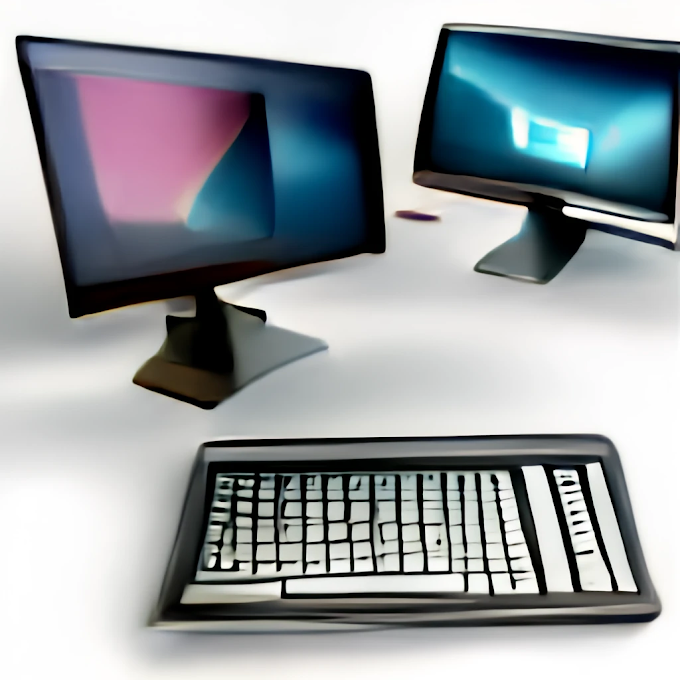Computer fundamentals refer to the basic concepts and technologies that are used in the operation and construction of computers. These concepts include hardware components such as processors, memory, and storage devices, as well as software concepts such as operating systems, programming languages, and applications.
Here are some key computer fundamentals:
Hardware: This refers to the physical components of a computer system, including the processor, memory, storage devices, and input/output devices.
Software: This refers to the programs and instructions that run on a computer and enable it to perform various tasks. Software can be classified into different categories, such as operating systems, applications, and programming languages.
Operating system: This is the software that manages the hardware and software resources of a computer, and provides a platform for other programs to run. Examples of operating systems include Windows, macOS, and Linux.
Programming languages: These are used to write instructions that can be executed by a computer. Examples of programming languages include C++, Java, and Python.
Applications: These are programs that are designed to perform specific tasks, such as word processing, spreadsheet creation, and web browsing.
Networking: This refers to the technology that enables computers to communicate with each other and share resources over a network, such as the internet.
Data storage: This refers to the technology used to store and retrieve data on a computer, such as hard drives, solid state drives, and cloud storage.
Understanding these computer fundamentals is essential for anyone who wants to work with computers, whether as a user, a developer, or an IT professional.
Computer: - Definition, History, Generation, Characteristics, Types & Applications.
Definition:- A computer is a device that can process data, perform calculations, and communicate with other devices according to a set of instructions called a program.
 The history of computers dates back to ancient civilizations,
which used simple tools to perform basic calculations. In the 19th and
20th centuries, mechanical and electromechanical devices were developed
to perform more complex calculations. These early computers were large
and expensive, and were primarily used by governments and large
organizations.
The history of computers dates back to ancient civilizations,
which used simple tools to perform basic calculations. In the 19th and
20th centuries, mechanical and electromechanical devices were developed
to perform more complex calculations. These early computers were large
and expensive, and were primarily used by governments and large
organizations.Generations of computers refer to the various stages of development and technological advancements in computer hardware and software. The first generation of computers, which began in the 1940s, used vacuum tubes and were primarily used for scientific and military purposes. The second generation, which began in the 1950s, used transistors and were smaller and more reliable than the first generation. The third generation, which began in the 1960s, used integrated circuits and were even smaller and more powerful than previous generations. The fourth generation, which began in the 1970s, used microprocessors and led to the development of personal computers. The fifth generation, which began in the 1980s, used artificial intelligence and expert systems. The current generation, the sixth generation, is characterized by the development of the internet and the use of cloud computing.
Characteristics of computers include speed, accuracy, storage capacity, and connectivity. They can process data and perform calculations at high speeds, and can store large amounts of data in their memory. They can also communicate with other devices through various forms of connectivity, such as Ethernet or WiFi.
Computers have a wide range of applications in various fields, including business, science, education, entertainment, and medicine. They are used for tasks such as word processing, spreadsheet analysis, database management, and email communication in business. In science, they are used for tasks such as data analysis and simulations. In education, they are used for tasks such as research and writing papers. In entertainment, they are used for tasks such as playing games and watching movies. In medicine, they are used for tasks such as medical record keeping and analysis of medical images.




0 Comments